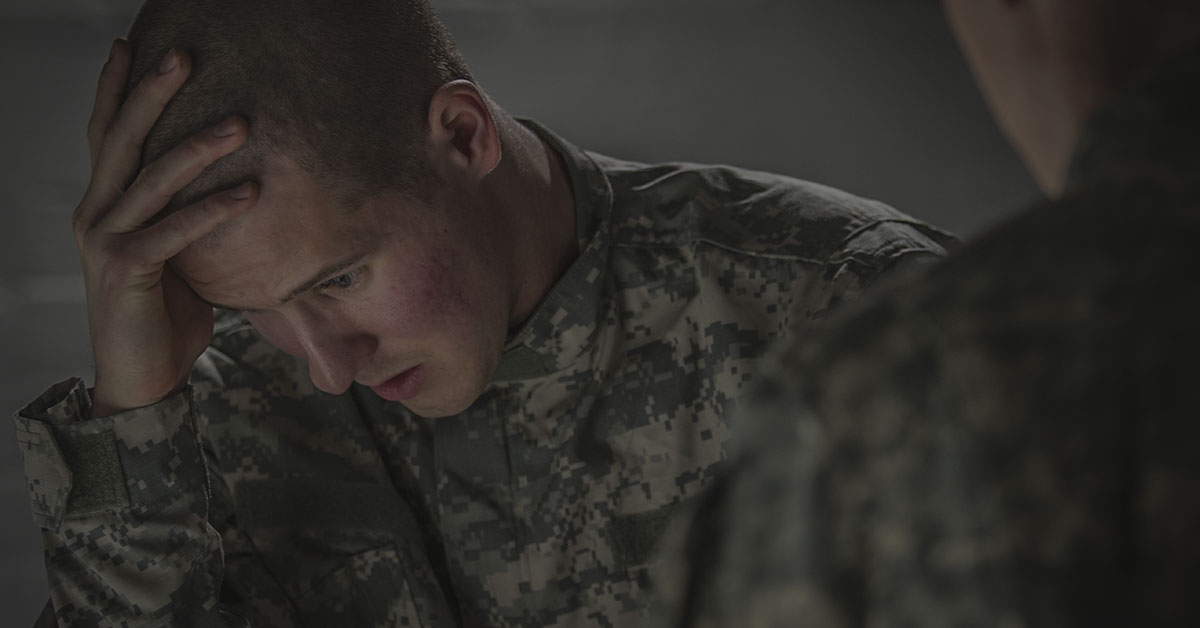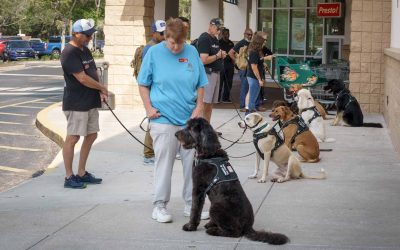A Veteran or Service Member Commits Suicide Approximately Every 65 Minutes in the U.S.
Post Traumatic Stress Disorder (PTSD) is an invisible disability that affects a significant percentage of our nation’s veterans and active military.
- 1 in 3 returning troops are being diagnosed with serious post traumatic stress symptoms
- There are an estimated 22 veteran suicides each day.
- In 2012, suicides surpassed combat related fatalities.
- 2 out of 3 marriages are failing.
Of the 1 in 3 returning troops with PTSD, less than half will seek help.
Re-experiencing
The most disruptive symptoms of PTSD involve flashbacks, nightmares, and intrusive memories. The veteran may be flooded with horrifying images and sounds of what happened. These symptoms can appear at any time, for seemingly no reason. Other times, something like a noise can trigger a memory.
Avoidance
People with PTSD may lose their ability to experience pleasure and may seem emotionally non-responsive. They may feel detached or estranged from others. Often, they have feelings of hopelessness and lack of purpose. Many veterans will isolate themselves in their homes often to a single room.
Hyper-vigilance
Hyper-vigilance is an enhanced state of sensory sensitivity accompanied by an exaggerated startle response. The purpose is to detect threats. Hyper-vigilance is also accompanied by a state of increased anxiety which can cause exhaustion. Individuals with PTSD feel and react as if they are in constant danger. This increased alertness disrupts sleep, contributes to irritability and anger, and impairs concentration.






